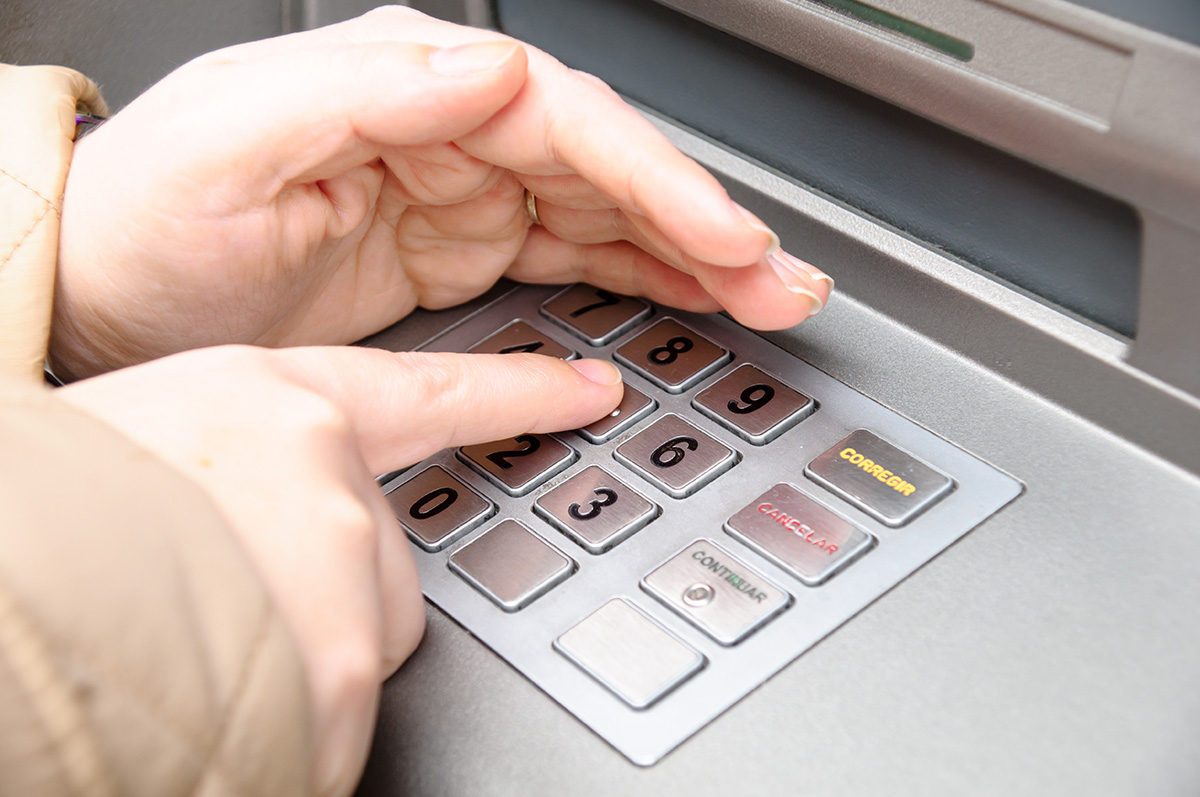In today’s financial world, plastic money dominates, with credit and debit cards being central to daily transactions. Although these cards often share similarities in size, appearance, and ease of use, they operate using different systems. Understanding these differences is crucial for financial education and making informed choices.
How Debit Cards Operate
Debit cards act as direct links to your bank account. When you make a purchase or withdraw cash at an automated teller machine (ATM), the amount is deducted instantly from your available balance. No borrowed capital is involved. For example, if your checking account has $500 and you spend $100 using your debit card, only $400 remains available for use.
Key aspects of debit cards consist of:
1. Immediate Fund Transfer: Payments are completed using existing funds. 2. No Interest or Credit Building: Because you are not borrowing, there is no interest charged or credit score impact for usage alone. 3. Direct Account Access: Most debit cards offer instant notifications, making it easier for users to monitor spending and maintain account security. 4. Overdraft Possibility: Some banks enable overdraft facilities, allowing you to spend slightly more than your balance, often with associated fees. 5. Limited Fraud Protection: While debit cards offer some security, fraudulent withdrawals or unauthorized transactions can be more difficult to reverse, leaving your personal funds vulnerable.
Understanding Credit Cards and Their Mechanism
Credit cards, however, offer individuals the ability to utilize a specified credit line extended by a bank or financial entity. By using a credit card for purchases, you are borrowing funds up to your assigned limit, with the understanding that you will pay it back in the future. The credit card provider settles the payment with the vendor promptly on your behalf.
Salient aspects of credit cards include:
1. Delayed Payment: Cardholders receive a monthly statement summarizing all transactions; payment is due after a grace period, usually 21-25 days. 2. Credit Score Impact: Consistent usage and timely repayments contribute positively to your credit history, influencing loan eligibility and interest rates. 3. Interest and Fees: If the full payment is not made by the due date, interest charges are levied on the outstanding amount. Additional fees may apply for late payments and cash advances. 4. Enhanced Protection: Federal law in certain countries limits your liability for fraudulent charges, and many issuers provide zero-liability policies for unauthorized transactions. 5. Perks and Rewards: Credit cards often offer benefits such as cash back, travel miles, insurance coverage, and access to exclusive deals.
Real-Life Examples Showcasing the Variations
Think about the situation of reserving a hotel room or hiring a vehicle. Numerous service providers either prefer or demand a credit card to handle any additional expenses or possible damages. Credit cards are preferred in these cases because preauthorization methods temporarily lock a portion of your credit line without actually taking any money from your account. On the other hand, when using a debit card, comparable holds will instantly limit your access to that money.
Another example is online purchases. Credit cards offer robust fraud protection and dispute resolution benefits, making them safer for digital transactions. Debit cards also provide online payment capabilities, but in the event of fraud, immediate withdrawals can lead to temporary cash flow issues during resolution.
Regarding managing daily expenses, debit cards are beneficial for individuals aiming to restrict their expenditures to the balance at hand, thereby reducing the chance of incurring debt. On the other hand, people using credit cards can benefit from cash flow management, emergency fund access, and the ability to establish credit history, assuming they maintain financial self-control.
Examining Costs, Benefits, and Risks
From a financial viewpoint, debit cards typically do not have yearly fees, but certain high-end choices may. Credit cards, particularly those offering extensive rewards, can incur high annual costs; premium cards might charge over $500 yearly. Charges for transactions differ: using a debit card at an ATM not affiliated with your bank often results in extra fees, and credit cards could apply foreign transaction charges on overseas buys.
Risk elements differ. For debit cards, the primary concern is the direct loss of personal money because of theft or unauthorized use. Safeguards, even if enhanced, could result in temporary unavailability of your funds. In the case of credit cards, the risks involve spending beyond means, gathering interest-accruing debt, and possible adverse effects on credit scores due to delayed payments.
Distinctions in Regulation and Customer Protection
Regulatory frameworks frequently ensure stronger safeguards for credit card users. For example, in the United States, the Fair Credit Billing Act caps liability for unauthorized transactions at $50. In contrast, debit card liabilities, regulated by the Electronic Fund Transfer Act, can be greater if fraudulent activities are not reported within designated time limits.
Global variations are significant as well. In certain nations, the prevalence and safeguards for credit cards are very advanced, promoting their usage for both security purposes and incentives. In regions where debit cards are more common, stringent rules and societal perspectives on credit affect people’s transaction choices.
Deciding Whether to Use Credit or Debit Cards: Aspects to Evaluate
Decision-making should align with individual financial goals, habits, and needs. Those striving to avoid debt and practice disciplined budgeting may find debit cards more suitable. Users wishing to leverage rewards, enhance cash flow, and build long-term credit histories typically gravitate towards credit cards.
Consider these questions:
1. How important is direct access to your funds?2. Do you have the discipline to clear credit card balances monthly?3. Are reward programs and purchase protections valuable to you?4. What is your comfort level with managing potential debt?
Familiarity with the critical distinctions between debit and credit cards empowers consumers to navigate the financial world with greater confidence. Each card type presents unique advantages and challenges, shaped by individual intent, regulatory frameworks, and evolving financial technology. Making strategic use of these tools can lead to improved financial health and expanded opportunities in both personal and professional contexts.




